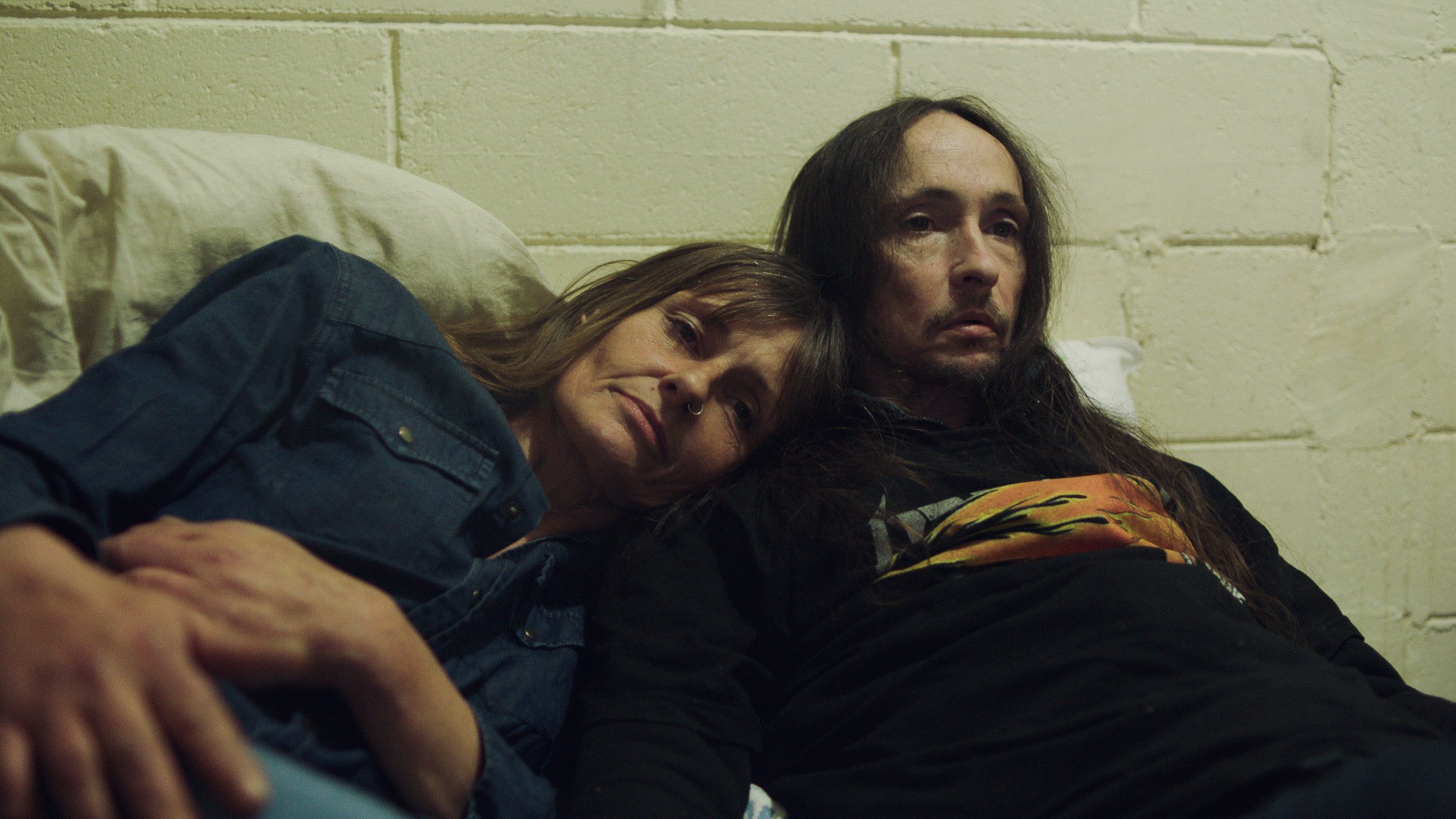Image via Google
Turns out there’s a loophole in the Australian Property Act that lets you claim legal ownership of a place by seizing it as your own. If you openly occupy the property, pay the bills, and maintain the upkeep—squatting, essentially, but being honest about it—then after a certain amount of time the residence is yours. It’s called adverse possession, or “the squatter’s law”, and a Sydney property developer just used it to score himself a free $1.7 million home in the city’s inner west.Despite not being the property’s registered owner, Bill Gertos took it upon himself to muscle in on the house in Ashbury in 1998 after noticing that no one else was living there, the ABC reports. Bill was visiting a client on the same street at the time, he told the NSW Supreme Court, and saw that the house was open and "the rear door was off its hinges and placed to the side". So he entered through the back, changed the locks, did some renovations, and started renting the place out.Nineteen years and almost $150,000 later, Bill applied to the Registrar-General to be named the owner of the land under the Real Property Act. Under NSW law, a squatter can apply for ownership of land after a period of 12 years, as long as they’ve been “open” and “peaceful” throughout their tenure, NewsCorp reports."It is a very old doctrine of property law," University of NSW property law specialist Professor Cathy Sherry told the ABC. "Essentially it means if you are in possession of land you can presume to have title to land."While you're here, check out our latest video on The Stay Inn: a motel that gets most of its clientele through prison and homeless services. In October 2017 the Registrar-General answered Bill’s request, and announced that he was going to grant him ownership of the land in respect of his squatter’s rights—only to be hit with an injunction by the family of the man who officially bought the property in 1927. The daughter and two grandchildren of Henry Thompson Downie sought to be recognised as the property’s beneficial owners, claiming they vacated the house more than 50 years ago because of a white ant infestation and weren’t aware that they were entitled to the property.In the Supreme Court, the Downies further argued that Bill was not entitled to his squatter’s rights because, they claimed, he had not been “open” about moving into the property but had rented it out instead. Supreme Court Justice Rowan Darke rejected this claim."I am comfortably satisfied that since about late 1998 Mr Gertos has been in factual possession of the land with the intention of possessing the land," he said. "In essence, Mr Gertos succeeded in taking and maintaining physical custody of the land, to the exclusion of all others, and he has assumed the position of a landlord."As an added barb, Justice Drake ordered the Downies to pay Bill’s legal costs, while Bill—who in 2015 was fined a quarter of a million dollars after illegally demolishing a heritage building—effectively seized ownership of a family’s home by playing finder’s keepers.
In October 2017 the Registrar-General answered Bill’s request, and announced that he was going to grant him ownership of the land in respect of his squatter’s rights—only to be hit with an injunction by the family of the man who officially bought the property in 1927. The daughter and two grandchildren of Henry Thompson Downie sought to be recognised as the property’s beneficial owners, claiming they vacated the house more than 50 years ago because of a white ant infestation and weren’t aware that they were entitled to the property.In the Supreme Court, the Downies further argued that Bill was not entitled to his squatter’s rights because, they claimed, he had not been “open” about moving into the property but had rented it out instead. Supreme Court Justice Rowan Darke rejected this claim."I am comfortably satisfied that since about late 1998 Mr Gertos has been in factual possession of the land with the intention of possessing the land," he said. "In essence, Mr Gertos succeeded in taking and maintaining physical custody of the land, to the exclusion of all others, and he has assumed the position of a landlord."As an added barb, Justice Drake ordered the Downies to pay Bill’s legal costs, while Bill—who in 2015 was fined a quarter of a million dollars after illegally demolishing a heritage building—effectively seized ownership of a family’s home by playing finder’s keepers.
Advertisement

